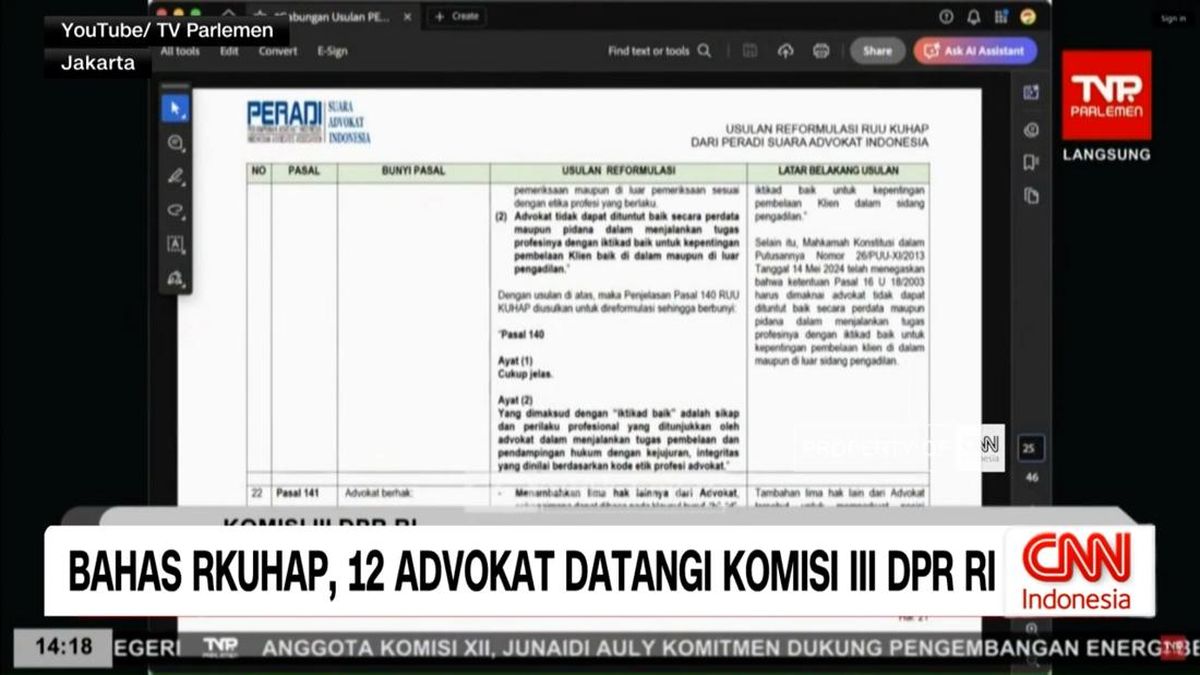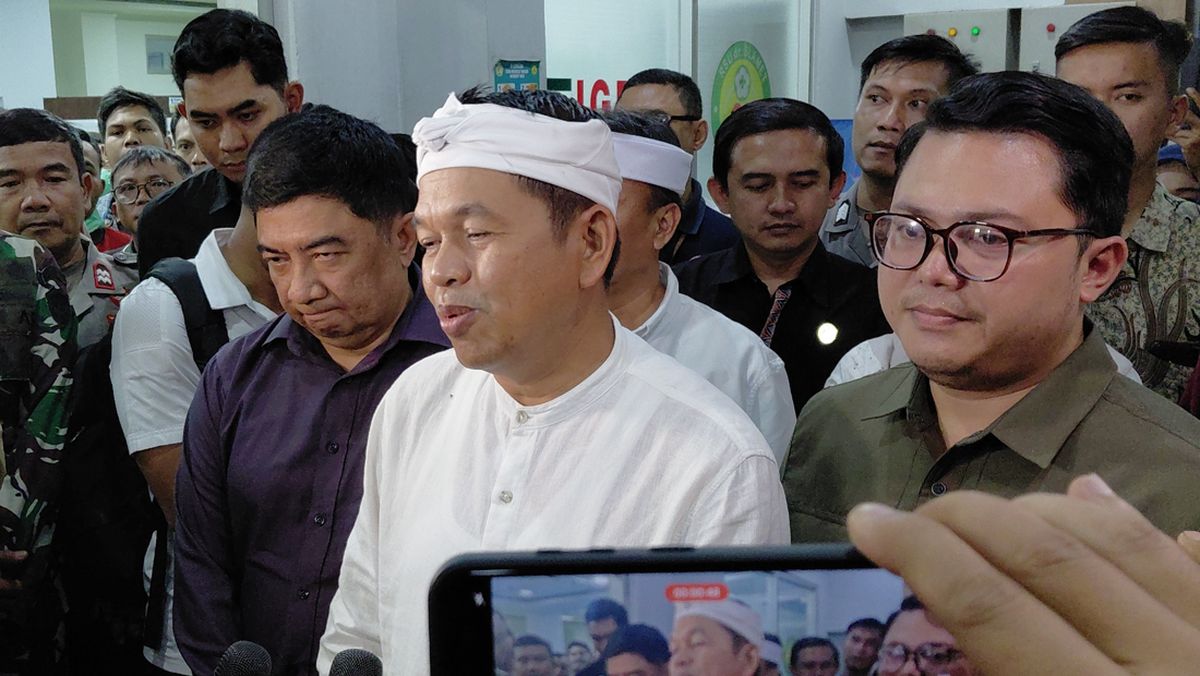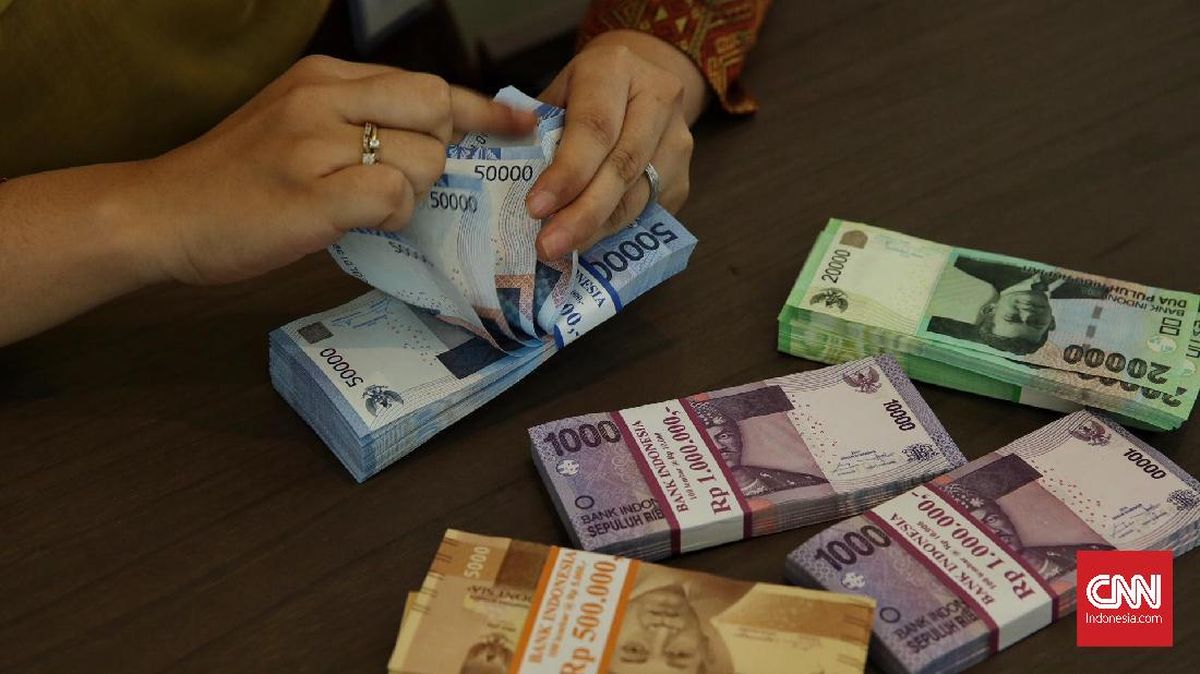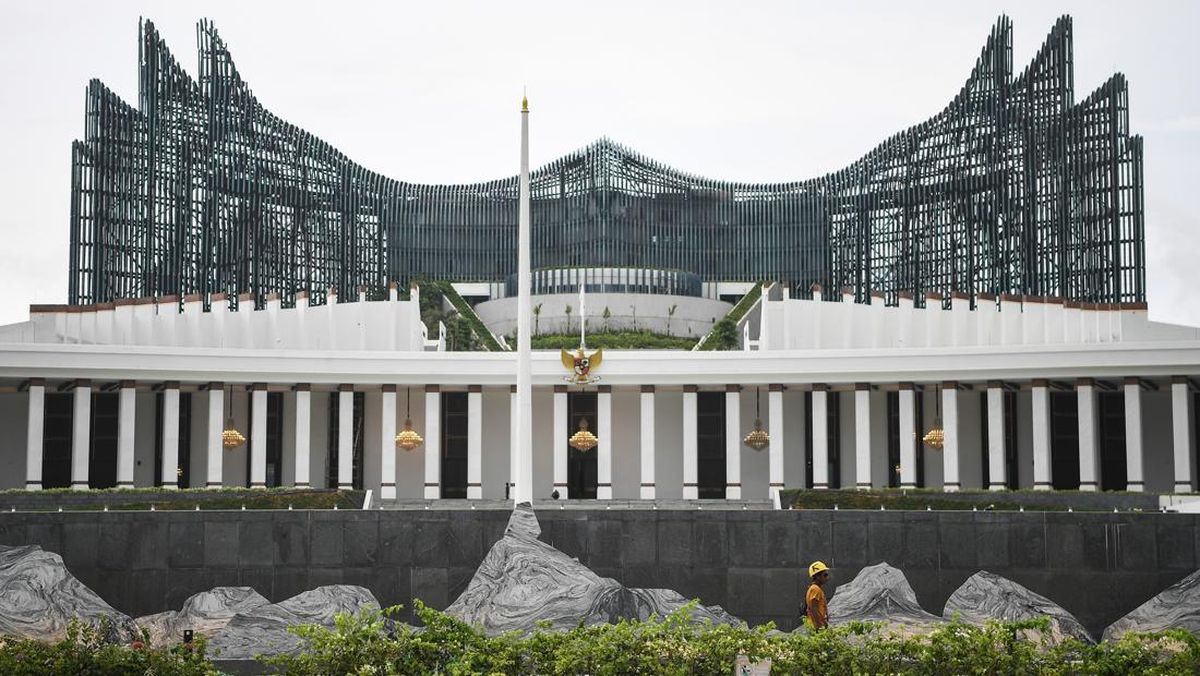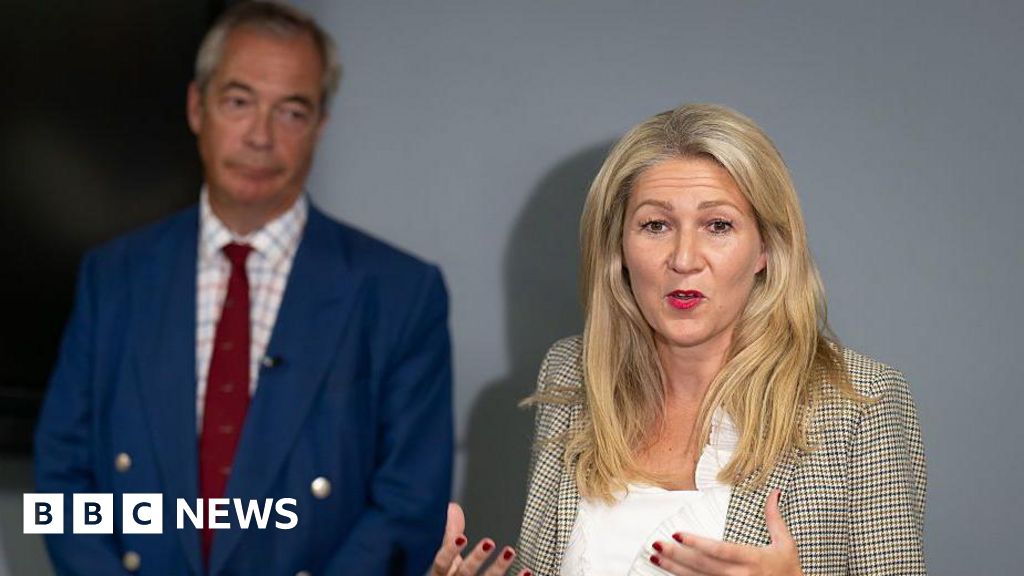Doubts over ongoing strength in the jobs market, and how quickly inflation is falling, led to the split among members of the Reserve Bank monetary policy committee in the recent meeting that left interest rates on hold.
Minutes of the early July meeting, at which the cash rate was held at 3.85 per cent on a 6-3 vote, were released on Tuesday morning. They show that, even though all nine members believed interest rates would eventually fall, debate splintered along how quickly they needed to drop.

RBA governor Michele Bullock explained the 6-3 split in the bank over its decision to hold interest rates steady in July. But data since suggests it may cut in August.Credit: Dominic Lorrimer
“All members agreed that, based on the information currently available, the outlook was for underlying inflation to decline further in year-ended terms, warranting some additional reduction in interest rates over time,” the minutes showed.
“The focus at this meeting was on the appropriate timing and extent of further easing, against the backdrop of heightened uncertainty.”
For those supporting a hold, the focus on jobs growth, including signs up to May that unemployment had been steady and the overall jobs market was considered tight.
Loading
This was also connected to ongoing weakness in productivity growth, which the minutes show the bank considers to be a structural issue, a drop-off in productivity in the mining sector and the expansion of non-market parts of the economy such as health and aged care.
The meeting held interest rates steady despite the monthly measures of headline and underlying inflation continuing to fall.
The minutes show doubt over these figures, with concern they were “likely to have overstated the easing” in price pressures while a cut in July – after a reduction in the cash rate in May – would be too aggressive.
“They [those supporting no change] believed that lowering the cash rate a third time within the space of four meetings would be unlikely to be consistent with the strategy of easing monetary policy in a cautious and gradual manner to achieve the Board’s inflation and full-employment objectives,” the minutes showed.
But those arguing for a rate cut argued there was “already sufficient evidence to be confident that inflation was on track” to remain around the RBA’s 2-3 per cent inflation target, “if not lower”.

Reserve Bank members supporting a rate cut are concerned about the potential impact of Donald Trump’s trade agenda.Credit: Bloomberg
There was also concern about the broad economic impact of US President Donald Trump’s tariff agenda, which was likely to drag on the Australian economy and inflation.
“GDP growth in Australia was already subdued, the saving rate had risen, the underlying momentum in wages growth and services price inflation appeared to be lower and some concerns were expressed that the recent data suggested a loss of momentum in activity,” the minutes noted.
The meeting was held before last week’s June job figures, which showed unemployment lifting to 4.3 per cent, its highest level since the depths of the pandemic. To two-decimal points, unemployment has now drifted up the past four months.
Loading
After the job figures released, financial markets and economists lifted their expectations that the Reserve would use its August 11-12 meeting to slice the cash rate to 3.6 per cent.
ANZ’s head of Australian economics, Adam Boyton, said the minutes suggest the “neutral” interest rate – the point at which interest rates are neither stimulating nor restricting the economy – was a little above 3 per cent.
He said the minutes, plus data since the bank’s meeting, point to a rate cut in August.
“Our cash rate view has not been changed by these minutes. We expect quarter percentage point cuts in both August and November 2025,” he said.
Senior Asia-Pacific economist for Capital Economics, Abhijit Surya, said the minutes showed the bank was on track to cut interest rates, especially in light of the June job figures.
“We doubt the RBA will remain on the sidelines for much longer. Our sense is that the bank will ultimately end up cutting rates further than most are anticipating,” he said.
Cut through the noise of federal politics with news, views and expert analysis. Subscribers can sign up to our weekly Inside Politics newsletter.
Most Viewed in Politics
Loading


